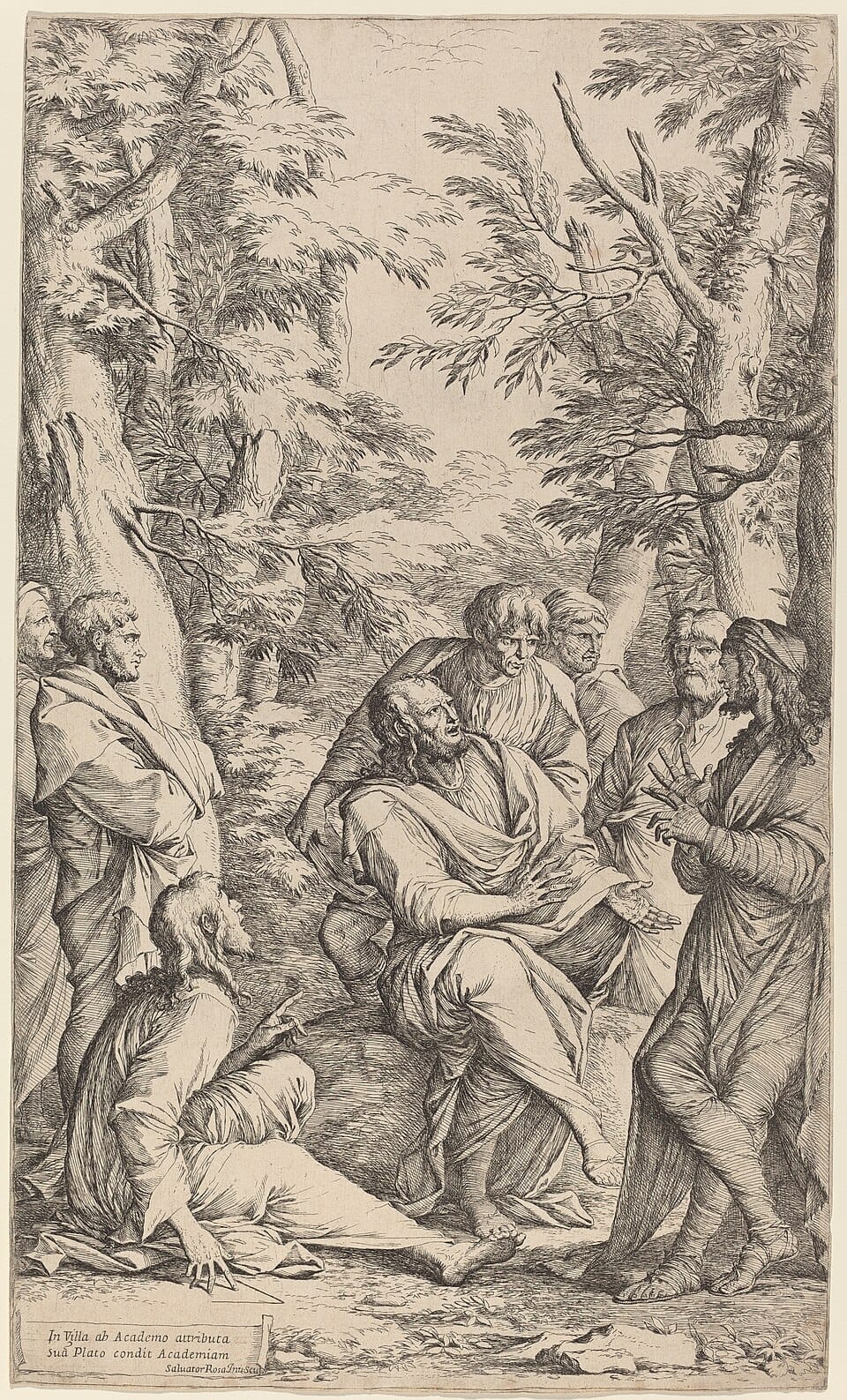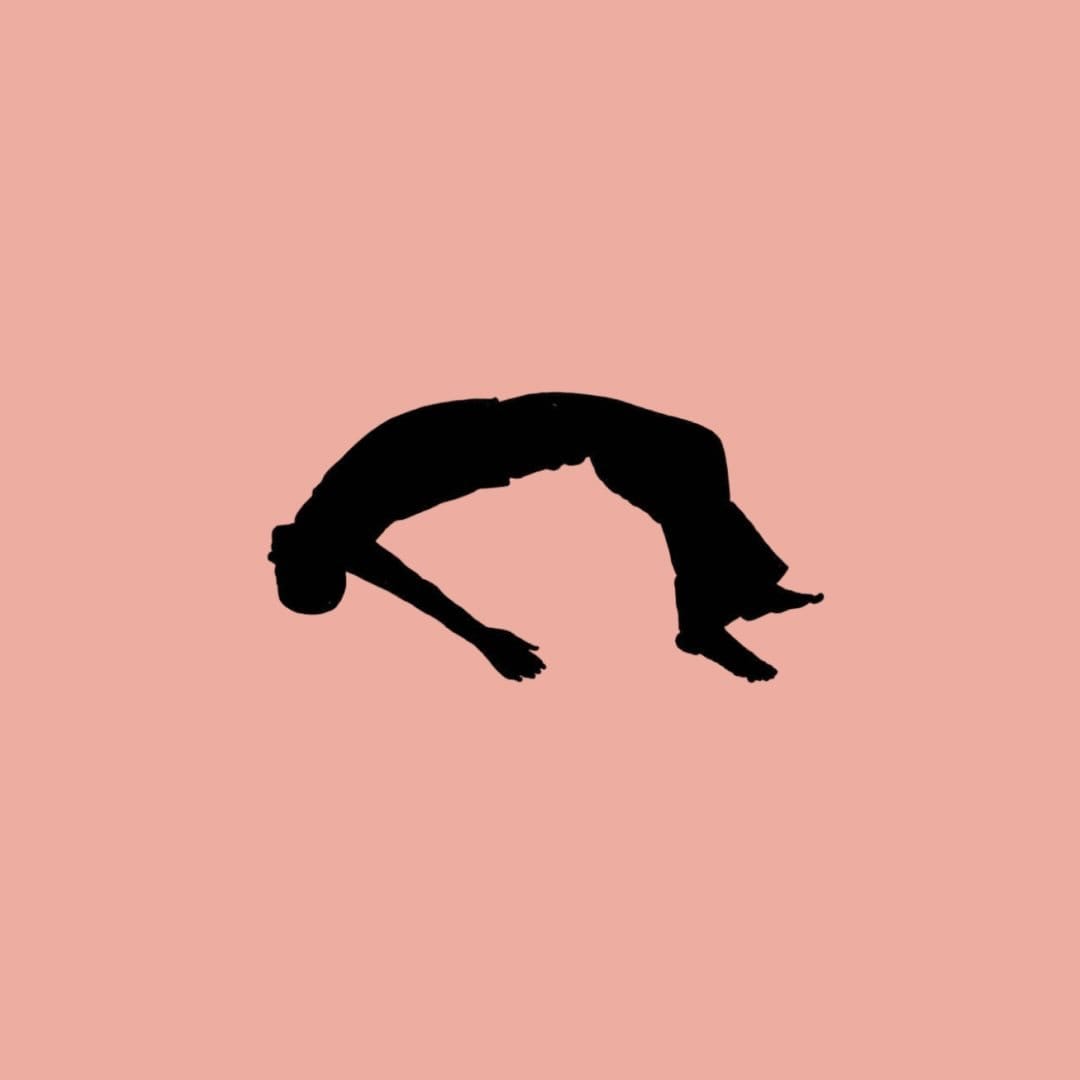Turning the Soul: Plato on Education
Plato’s Allegory of the Cave presents education as a journey from illusion to truth. This transformation is grounded in the hierarchy of knowledge, the Form of the Good, and in moral virtues.

Introduction
A deep, genuine philosophical education would enable and enrich human beings to engage in higher-order rational thought and critically question epistemic assumptions. Therefore, it may, over practical utility, prioritise the seeking of wisdom and truth. Plato’s conception of education is filled with hierarchical leanings and undertones that contrast modern ideals, seemingly de-emphasising equality and collaboration in learning. Even so, his Allegory of the Cave serves as an excellent model, depicting how education aids in transforming one’s own perspective and powers of abstract reasoning.
We will first explore Plato’s hierarchy of knowledge in education, followed by a consideration on the implications of his emphasis on the Form of the Good, and then the benefits of his gradual subject-segmented approach to education. Finally, we will investigate Plato’s interpretation of the philosopher’s responsibility within education.
I. The Hierarchy of Knowledge in the Allegory of the Cave
Using the Allegory of the Cave, Plato develops a model of education as “turning around” (Republic 518d)1 through a gradual transformation from visible knowledge to intelligible knowledge. He begins with prisoners who, from childhood, are chained so they face forward and are not able to turn their heads. Behind them, is a fire, and between the fire and the prisoners, is a walkway where others carry objects.
Plato uses this cave as a representation of the visible realm. First, it contains the lowest form of Platonic knowledge, imagination (eikasía) which is represented as shadows (Republic 509d). These shadows represent knowledge that forms from images and appearances alone. Second, it contains belief (pístis) which is represented by objects in the cave and is associated with using one’s senses to perceive reality. Above the visible realm, lies the intelligible realm, represented by the prisoner’s ascent from the cave. Here, reflections, objects and the night sky represent abstract reasoning (diánoia), as well as lesser Forms (nóēsis). Finally, the Form of the Good, at the top of the hierarchy, is represented by the Sun. The Good, Plato describes, is what “gives truth to the things known” (Republic 508e).
II. Education as the Turning of the Soul
As a result, Plato’s model of education cannot be described as the mere insertion of facts. Instead, education becomes the “craft” of “turning” the soul around towards contemplating the Good. Contrarily, what hinders the soul from obtaining true knowledge and perceiving the forms would stem from a fixation on appearances. Since Platonic education mandates higher-order thinking, and requires contemplation of the Forms, Plato argues that fixating on appearance is detrimental. Instead, since philosophy is concerned with investigating the truth of things, understanding the Good which “gives truth to things known” is integral.
Yet, in contrast to Plato’s hierarchical model, modern ideals emphasise equally valuing diverse disciplines and forms of knowledge. It could be argued that by establishing such a hierarchy, Plato reduces didactic flexibility. By asserting the primacy of philosophy in knowledge, he may also unjustifiably enforce a system of philosopher superiority over others. Still, Plato also incorporates a gradual approach to philosophical learning, preventing learners from being “pained and dazzled” (Republic 515d) through immediate turning towards the truth. Hence, by rephrasing education as “turning around” instead of instruction, despite his apparent authoritarian leanings, his pedagogy does reaffirm the power of the learner. Hence, while Plato’s model seems to enforce pedagogical strictness, it also safeguards students to progress without regressing to the comfort of familiar illusions.
III. The Form of the Good as the Aim of Education
In order to further eliminate illusion, Plato posits the Form of the Good as the ultimate aim of education and the highest object of knowledge. He likens it to the sun giving light. In this way, the Good “gives truth to the things known and the power to know to the knower” (Republic 508e). Additionally, all other Forms “owe their being known to the Good, but their being is also due to it” (Republic 509b). Since the Good is the source of intelligibility and existence for all things, it is necessary to understand it to therefore possess genuine knowledge instead of opinion. Thus, without the Good, one may have “the fullest knowledge possible on other things” yet fail in directing that knowledge correctly.
Plato argues this is mistaking the aim of life itself. Knowing the Good thus appears to be a prerequisite for virtue. Since virtue is essential for happiness and human flourishing (eudaimonía), it is a measure by which all thoughts and action may be rightly directed. Consequently, the Good not only determines what is known but how knowledge should be applied. However, by positing this single universal Good, Plato excludes numerous diverse conceptions of goodness, and therefore risks narrowing education to a single culturally dominant conception of value.
Furthermore, Plato’s insistence on a singular Good could be used to justify overtly authoritarian approaches to education. Despite this, the underlying principle that education must be oriented towards a coherent standard, in order to avoid wrong actions, does remain compelling. By prioritising genuine understanding, Plato portrays philosophical education as possessing the capacity to assist factual, truthful and moral judgements in society.
IV. Gradual Education: Music, Gymnastics, and Mathematics
With the ultimate aim of reorienting the soul toward good, Plato uses the process of leaving the cave to argue for a staged and gradual education. These stages include music and arts, and gymnastics and mathematics in a process that is gradual, just as the prisoner’s ascent from the shadows to the Sun. Furthermore, each subject provides unique assistance in reaching the ultimate Form of the Good. For one, Plato explains that the value of geometry is not its practical utility, but in its training of the mind for abstract reasoning (Republic 526d–527b). This then assists in the contemplation of the Forms. For example, geometry introduces the idea of a perfect circle rather than the imperfect circles one perceives through the senses. Additionally, prior study of these subjects help prepare students for dialectical reasoning (Republic 536d).
However, Plato warns that intelligence can be directed to either good or bad ends. Due to this, he places mathematical training after training in music, arts and gymnastics. This tripartite curriculum is intended to form a positive “harmony” within the soul of the student, with music and arts “shaping” their moral character, and gymnastics developing their discipline (Republic 412a). Studying either music/arts or gymnastics alone could result in a disadvantageous imbalance. This is why Plato remarks that those who mainly train in gymnastics are “more savage than they should [be],” while those who study music alone are “softer than is good for them.” (Republic 410d–410e). Without the moral orientation of a balanced soul, even the most rigorous reasoning is at risk of direction towards harmful ends.
This gradual ascent serves also as a metaphor for the importance of harbouring a positive disposition when engaging in philosophical inquiry. Plato's tripartite combination of subjects, based on the harmonisation of aesthetic inculturation, physical discipline and intellectual capability, thus reflects a model of philosophical education which yields the balanced character necessary for the pursuit of truth (Republic 410a–411a).
In spite of this, this prescription for balance assumes a single, fixed path for educational growth which may not reflect the diversity of individual abilities or cultural contexts. This model consequently overlooks how moral insight may also emerge from lived experience and open dialogue. Through lived experiences, one can gain a nuanced understanding that may not be otherwise achievable without direct engagement with real-world challenges, relationships, and cultural traditions. Additionally, open dialogue where individuals exchange perspectives, challenge assumptions, as well as collaborate in the refinement of one another’s understanding can provide unexpected moral insight.
Though Plato partially considers individual abilities (Republic 456a–456b), he still relies fundamentally on the philosopher-educator to determine the correct balance, which risks reinforcing hierarchy rather than encouraging independent thought. Yet, Plato’s overall concept of “knowledge without virtue” being dangerous still has merit. Though the model assumes a fixed path, the emphasis it maintains on harmonising reason and character safeguards the ethical use of knowledge. Hence, the cave analogy succeeds as a framework for critical philosophical education as it links intellectual ascent with the cultivation of virtue, ensuring the pursuit of the truth is both sustainable and directed towards the Good.
V. Knowledge, Virtue, and the Role of the Philosopher
Furthermore, in Plato’s critical education, this ascent culminates not only in the attaining towards true knowledge but in the educated philosopher ethically returning to guide others. The philosopher’s pedagogy reaches fulfilment through returning to “share their labours and honours” (Republic 510d) with those still in ignorance. This is why the philosopher is compelled to “go down to live in the common dwelling place of the others” (Republic 520d), applying their wisdom to public life, rather than retreating into private contemplation. Nonetheless, this descent is painful to the philosopher for their eyes would "be filled with darkness” (516e) upon re-entering the cave, and their sight of knowledge would appear blind. In fact, Plato claims the prisoners would chastise them for journeying out into the light, only to return in what appears to be a worse state.
Consequently, education is presented as a duty-bound cycle of learning and returning to guide others despite pushback. Although mocked, the philosopher is justified by their knowledge of the Good and true reality. In this way, the strength of Plato’s model is its insistence that intellectual advancement must be matched by civic responsibility, ensuring wisdom benefits the whole community. However, it still relies on a select class of intellectuals to determine the moral direction of society, which reinforces hierarchy and limits diverse contributions. From modern perspectives, Plato’s emphasis on returning remains valuable but the role of the philosopher may be better conceived as fostering the capacity for critical thought in all, rather than positioning themselves as sole bearers of truth.
Conclusion
Plato’s Allegory of the Cave presents education as a journey from illusion to truth. This transformation is grounded in the hierarchy of knowledge, the Form of the Good, and in moral virtues. Though its hierarchical leaning and singular vision of truth challenge modern ideals of equality, its emphasis on gradual ascent, moral orientation and civic responsibility remain compelling. Hence, the cave endures as a model for critical philosophical education in its display of truth being inseparable from virtue and the ethical use of knowledge.
Reference
Plato. Republic. Translated by G.M.A. Grube, revised by C.D.C. Reeve. In Complete Works, edited by John M. Cooper and D.S. Hutchinson, 971–1223. Indianapolis: Hackett Publishing, 1997.
.
